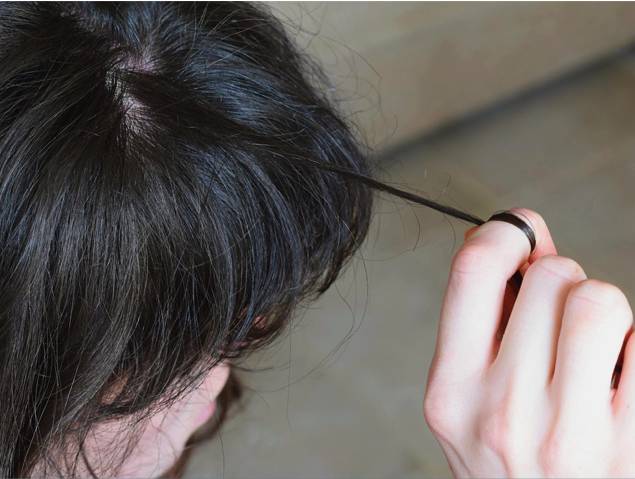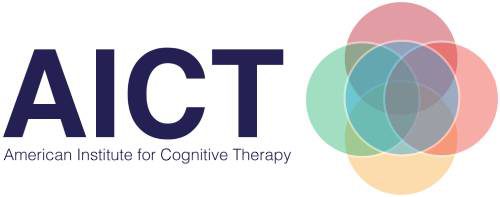Body Focused Repetitive Behaviors
What are hair pulling and skin picking disorders?
Hair pulling is also called trichotillomania. Skin picking is also called excoriation. Clients repeat these actions on the body. Patients often describe discomfort or a strong urge to perform the action. They may feel relief or gratification afterward. This relief or gratification reinforces the skin picking or hair pulling and leads to more of these behaviors. The goal is to break the cycle.
Common hair pulling sites include the scalp, eyelashes, eyebrows and pubic area. Skin picking sites may include the face, hands, and other areas of the body. Behaviors may instead include touching, rubbing, folding, playing, or chewing.

BFRBs may occur at any age. They often begin at ages 9 to 13. Between 1 and 3 percent of people have a BFRB at some time. They occur most often in females.
Patients may also experience anxiety, OCD, PTSD, depression, or eating disorders. Both biological and environmental elements contribute to these conditions.
schedule a consultation at or intake@cognitivetherapynyc.com
Patients have different triggers to pulling, picking, or playing behaviors. They may act in response to internal or external events. Emotions such as anxiety, sadness, shame, boredom, or anger may trigger a BFRB.
Clients may also act without thought. For example. look around a coffee shop. You might see people touching their hair or face while reading. Some patients may notice only after the episode has stopped.
Physical positions may cue the behavior. A patient may act when a hand is close to the face. Situations may also trigger actions. A person may pick skin when they look in the mirror.
What are Common Symptoms and
Medical Issues of BFRBs?
- Bald spots on scalp or other areas
- Sparse eyebrows or eyelashes
- Skin lesions
- Makeup and clothing to hide symptoms.
- Carpal Tunnel Syndrome
- Infections
- Permanent hair loss Intestinal hair balls (life-threatening)
highest quality
cognitive-behavioral
treatment”
How Do We Treat BFRBs?
Cognitive behavior therapy emphasizes goals and problem solving. Treatment emphasizes the present and future. Habit Reversal Training is a subset of CBT—that is practicing habits that conflice with the problematic behavior. Comprehensive Behavioral Treatment can involve examining your thoughts, feelings, ability to tolerate stress, and helping you catch your urges and not act on them.
Clients can learn many techniques to change unhelpful beliefs and behaviors. These may include:
- Awareness training or mindfulness
- Environmental changes
- Changing inaccurate beliefs
- Exposure to situations usually avoided
Resources
The TLC Foundation for Body-Focused Repetitive Behaviors
www.bfrb.org
International OCD Foundation
www.ocfoundation.org
